Since March 20, 2025, many players have been exploring Sengoku-era Japan thanks to Ubisoft's Assassin's Creed Shadows. To prolong the fun, here are fifteen great works about feudal Japan and the samurai. Japanese cinema, manga, animated series, British fantasy novels, video games, Franco-Belgian comics, there's something for everyone!
#1 Seven Samurai, by Akira Kurosawa (1954)
A true monument of Japanese cinema, Seven Samuraiis Akira Kurosawa's best-known film. Telling the story of seven warriors hired by villagers to drive out a band of bandits who are tyrannizing them, this 3-hour-27-minute epic has definitively established its director as the king of Japanese cinema. Praised both for its direction and its cast—which includes the great Toshirō Mifune—Seven Samurai is a perfect blend of action and humor. The film, which won the Silver Lion at the Venice Film Festival, has had a considerable influence on Hollywood cinema. In 2024, on the occasion of his seventieth birthday, he benefited from a 4K release, distributed in France by The Jokers Films.
#2 Kill, by Kenji Misumi (1962)
Less well-known than Akira Kurosawa or Kenji Mizoguchi,the filmmaker Kenji Misumi nevertheless remains a great craftsman of Japanese cinema, whose four masterpieces were discovered by the French public thanks to The Jokers Films, which offered a cycle composed ofZaotichi, the Blind Masseur (1962),Kill (1962),The Saber (1964) and The Devil's Blade (1965). In Killing, the filmmaker adapts a short story by novelist Renzaburō Shibata, telling the story of a warrior discovering the bloody truth about his origins. Deeply misanthropic since his capture and deportation to Manchuria during World War II, Kenji Misumi has developed a cinema that highlights the failures of the warrior's path.
#3Lone Wolf & Cub, by Kazuo Koike and Gōseki Kojima (1970-1976)
Japan, 17th century. Ogami Ittō was an influential man in the shogun's court. When the Yagyū clan massacred his clan and murdered his wife, he embarked on the path of meifumado, "the way of demons and assassins." In a word, he became an outlaw. Accompanied by his one-year-old son and driven by a deep desire for revenge, Ogami Ittō goes from massacre to massacre. Through the universality of its themes, starting with fatherhood and revenge, the mangaLone Wolf & Cub has become a reference for many artists, to the point of influencing the writing of The Mandalorian and The Last of Us. #4 The Inhabitant of Infinity, by Hiroaki Samura (1993-2012)
Pre-published in 1993 in the pages of Afternoon magazine, L'Inhabitant de l'Infini is one of the most important seinen of the 1990s. It tells the story of Manji, an immortal samurai who travels through Edo-era Japan to kill 1,000 villains in order to atone for his crimes. When young Lin asks for his help to avenge her family, Manji goes to war against the Ittō-Ryū school. In addition to his magnificent Chinese ink drawings, Hiroaki Samura commands admiration with a writing style that blends a dozen different linguistic styles. Adapted several times into animated series, Blade of the Immortal also has the film Blade of the Immortal by the famous and very prolific director Takashi Miike. The film is available on Netflix.
#5 Princess Mononoke, by Hayao Miyazaki (1997)
While Hayao Miyazaki's very European influences have often been discussed, the absolute master of animated cinema remains a Japanese artist steeped in the history and culture of his country. In Princess Mononoke, which some consider (rightly) to be his greatest masterpiece, the co-founder of Studio Ghibli offers an ecological and peaceful fable set in the middle of the Muromachi era. Of course, the samurai are not the main characters of the film, but they are nevertheless very important; the military pressure that the shogun puts on Lady Eboshi's forges pushes the latter to further damage the forest. A convinced pacifist, Hayao Miyazaki puts the victims of a warlike system in the spotlight: women, the sick, minorities, and nature. An absolute masterpiece, which pays homage to the cinema of Akira Kurosawa, and whose visual richness is enhanced by the music of Joe Hisaishi.
#6 Vagabond, by Takehiko Inoue (1998-...)
After the immense Slam Dunk, which established him as one of the best manga artists, Takehiko Inoue has surpassed himself with Vagabond. This adaptation of Eiji Yoshikawa's novel Musashi (published in France under the title The Stone and the Sabre) tells the story of the famous bushi master Miyamoto Musashi. After the Battle of Sekigahara, the young Shinmen Takezo is rejected by the inhabitants of his native village. In his wanderings, he decides to become Miyamoto Musashi, the greatest samurai in Japan. This coming-of-age story, full of violence and poetry, is enhanced by the magnificent drawings and plates of Takehiko Inoue.
#7 The Otori Clan, by Lian Hearn (2002-2007)
A true monument of Japanese-inspired historical fantasy, The Otori Clan by British writer Lian Hearn tells the adventures of Takeo, a young boy who narrowly survives the massacre of his family thanks to the rescue of a lord of the Otori clan. Adopted by the latter, Takeo finds himself having to survive and find his place in a world that the war between the clans threatens to plunge into chaos. This cycle of five marvelous novels is to be adapted by Universal. Fingers crossed! #8 Zatōichi, by Takeshi Kitano (2003) Mainly known for his depressive yakuza films (Sonatine, Hana-bi), the great Takeshi Kitano has occasionally dealt with feudal Japan, notably in Kubi (2023). In Zatōichi, released twenty years earlier and awarded of the Silver Lion at the Venice Film Festival, the director reappropriates the figure of the blind warrior created by Kan Shimozawa in a short story published in 1961. A real gamble for Big Takeshi, especially since the warrior had already passed through the hands of illustrious filmmakers before him, starting with Kenji Misumi in 1962. However, Takeshi Kitano pulls it off wonderfully, and makes a great film, mixing spectacular sword fight scenes with humor that hits the mark every time. A great film!
#9 Samurai Champloo, by Shin'ichirō Watanabe (2004)
When the brilliant creator of Cowboy Bebop (1998) takes on the myth of the samurai, the result is one of the best animated series of the 2000s: Samurai Champloo. Paying homage to chanbara and hip-hop culture, the anime tells the story of young Fuu who searches for the samurai who smells of sunflowers, accompanied by the impetuous vagabond Mugen and the stoic ronin Jin, the two best blades in Japan. Brilliant in both its writing and its direction, Samurai Champloo is one of the masterpieces of the great Shin'ichirō Watanabe. Moreover, if like us you appreciate his filmography, his latest series Lazarus was released today. We tell you about it here!
#10 Okko, from Hub (2005-2015)
After collaborating with Luc Besson as a designer on the film The Fifth Element, Hub became a screenwriter and comic book artist. In Okko, he tells the story of a rōnin and his group of demon hunters, roaming the Empire of Pajan (Japan in reverse), a medieval and fantastical Japan. Inspired by the work of Hayao Miyazaki (Princess Mononoke) and the literary work of Eiji Yoshikawa, Okko has become a true reference for fans of feudal Japan and Franco-Belgian comics.
#11 Silence, by Martin Scorsese (2016)
While some viewers reduce Martin Scorsese's cinema to his gangster films, religion occupies a large place in the cinema of the legendary American director. In addition, his cinephile led him to take an interest in the cinema of Akira Kurosawa, of whom he is a great admirer and whose sketch film Dreams (1985) he produced alongside his friends George Lucas and Steven Spielberg. In 2016, three years after the success of The Wolf of Wall Street, whose recent release on Disney+ caused a minor scandal, Martin Scorsese was finally able to direct a film that was very close to his heart and on which he had been working for more than twenty years: the adaptation of the novel Silence by Shūsaku Endō. Recounting the persecution suffered by Catholics on the archipelago in the 17th century, the film was a real box office failure; Yet, it is one of the master's greatest films, who mastered his subject to perfection. In addition to being a great film about faith, Silence explains the difficulties of establishing the Christian religion in Japan. A masterpiece!
#12 Sekiro: Shadows Die Twice, by Hidetaka Miyazaki (2019)
Developed by the Japanese studio FromSoftware and directed by the immense Hidetaka Miyazaki, to whom we owe, among others, the Dark Souls trilogy (2011-2016), Bloodborne (2015), Elden Ring (2022) and TheDuskbloods (2026), which will be a Nintendo Switch 2 exclusive as announced during the Nintendo Direct on April 2 2025, Sekiro: Shadows Die Twice is a game that is as exciting as it is frustrating. Blending the figure of the shinobi with fantasy elements, Sekiro: Shadows Die Twice is a formidable challenge. However, the resurrection system allows for a different approach to the difficulties. The game also benefits from a beautiful artistic direction, in line with previous FromSoftware productions. The vertical dimension of the game, with the use of double jump and grappling hook, seems to have inspired Elden Ring Nightreign, scheduled for May 2025. Remember that Sekiro: Shadows Die Twice was named Game of the Year 2019 by the Game Awards!
#13 Ghost of Tsushima, by Sucker Punch Productions (2020)
In 1274, Japan was in the grip of Mongol invasions. The army of Khotun Khan, fictional cousin of Kublai Khan, landed on the shores of Tsushima. A samurai, Jin Sakai, takes up arms to defend his island. This open-world action-adventure game, combining exploration, stealth, and combat sequences, is a superb immersion in Japanese history and culture. Heavily influenced by the films of Akira Kurosawa and the manga Lone Wolf & Cub, the game Ghost of Tsushima was a resounding success with the public and the specialized press, to the point of being named "Players' Choice" at the Game Awards 2020. Scheduled for this year 2025, Ghost of Yōtei (still developed by Sucker Punch) will take place three hundred years after the events of the first game. We can't wait!
#14 Blue Eye Samurai, by Amber Noizumi and Michael Green (2023)
One of the best Netflix original series, the animated series Blue Eye Samurai was a real slap in the face for all viewers who watched it. It follows the adventures of Mizu, a blue-eyed mixed-race woman, who seeks revenge on four Westerners living illegally in Japan following the border closure, one of whom is her father. This masterpiece shines with its writing and the quality of its animation directed by the French studio Blue Spirit; some of the action sequences impressed us. We can't wait to see season 2, whose release window has been revealed!
#15 Shōgun, by Rachel Kondo and Justin Marks (2024)
Broadcast on FX in the United States and on Disney+ internationally, the series Shōgun is the second adaptation of the eponymous novel by James Clavell (1975), after the miniseries broadcast in 1980 and starring Toshirō Mifune and Richard Chamberlain. Loosely based on the true story of William Adams, an English navigator turned samurai, the series follows the power struggles of the arrival of the English navigator and Protestant John Blackthorne on Japanese soil. Compared to its release in Game of Thrones for its artistic ambition, the series Shōgun benefits from splendid artistic direction and a very solid cast. Hiroyuki Sanada, Anna Sawai and Cosmo Jarvis deliver exemplary performances. One of the biggest hits of 2024, the series Shōgun has been renewed for a second season, even though it had arrived where Clavell's novel ended.

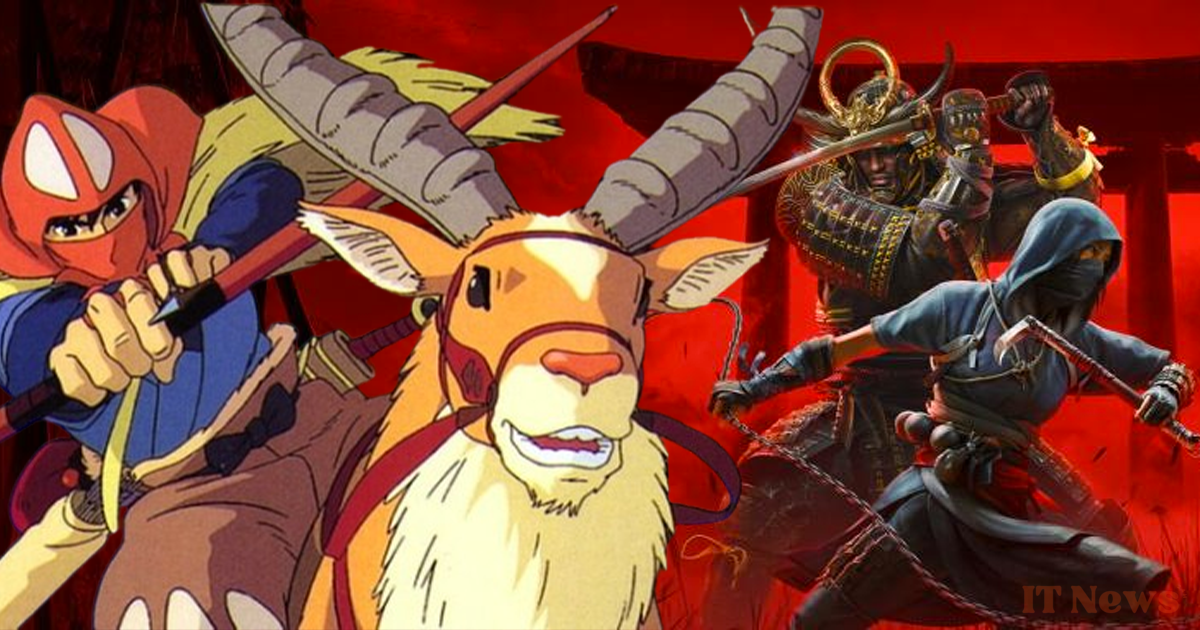
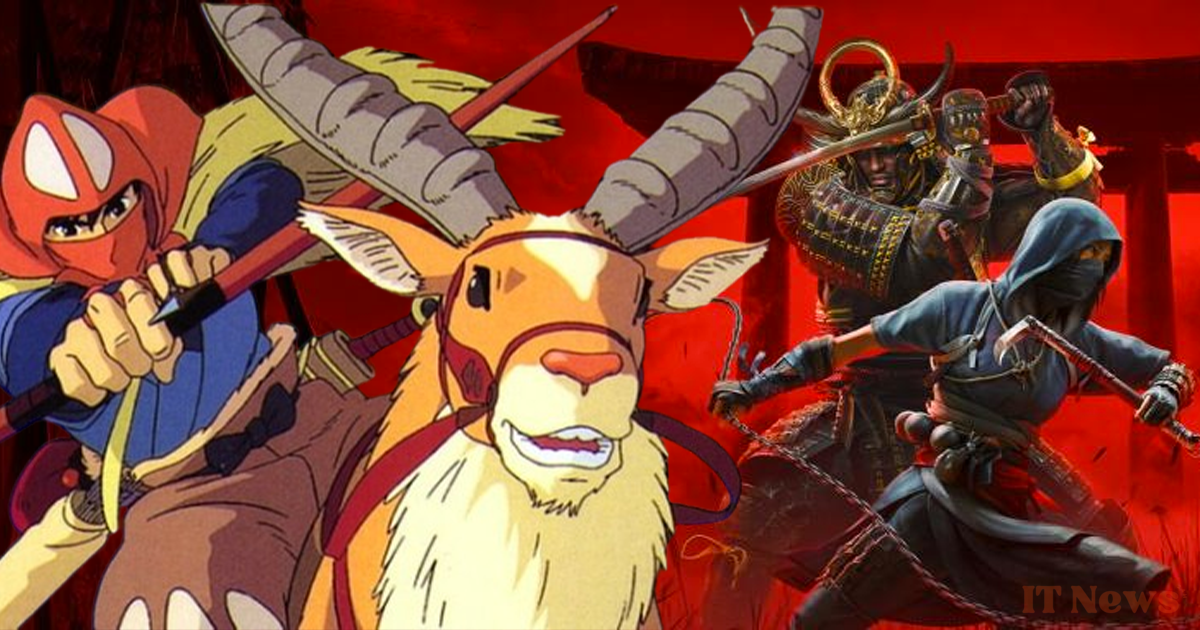
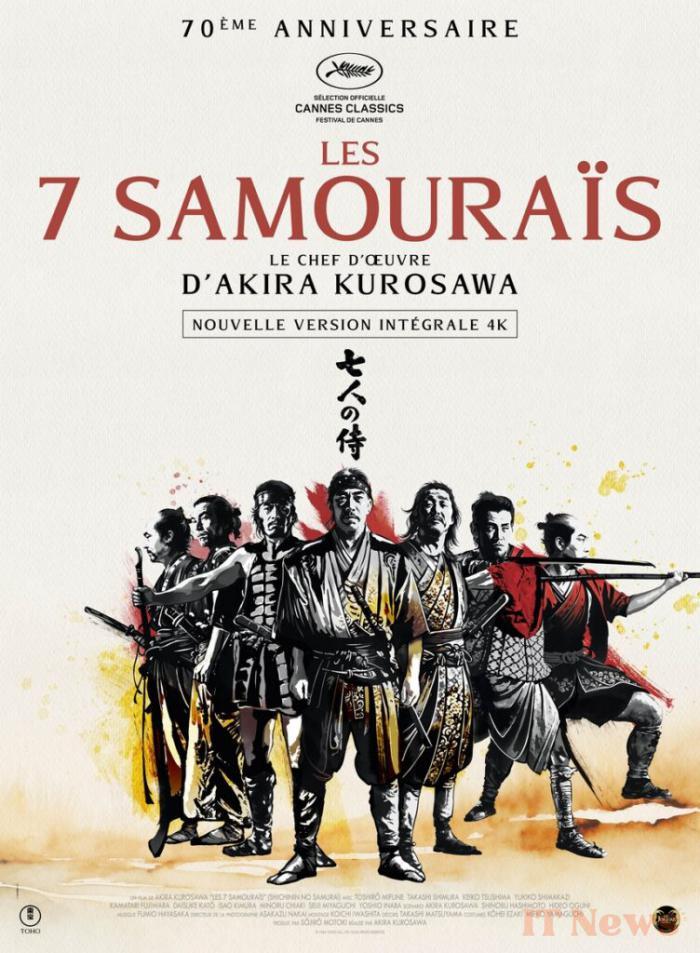
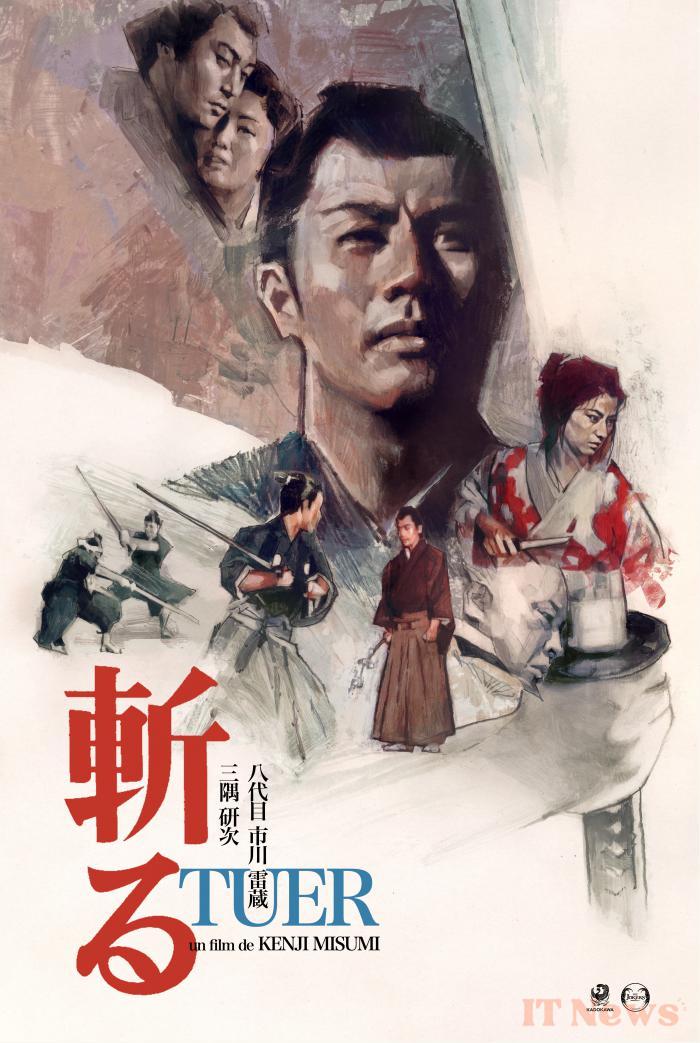

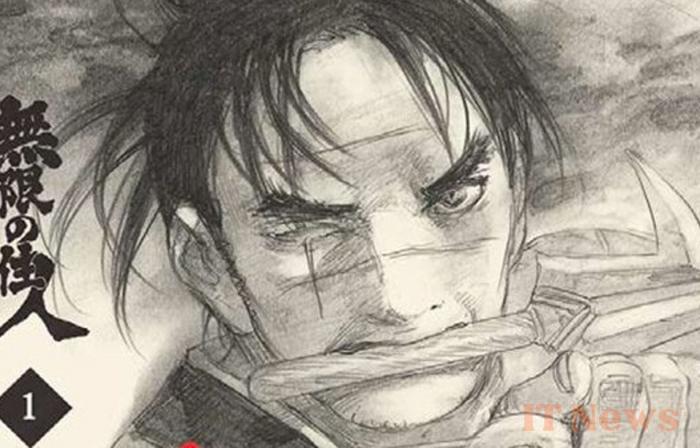
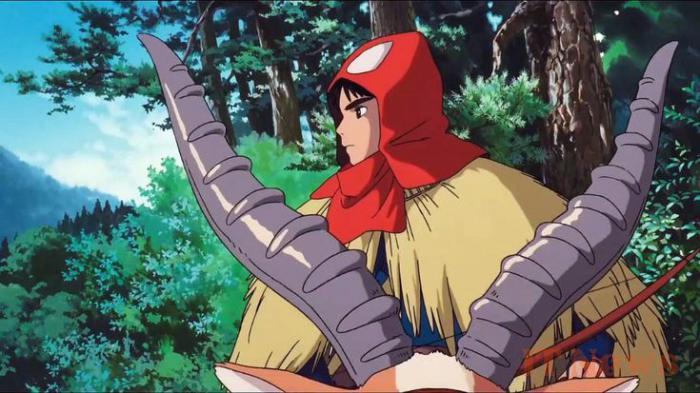
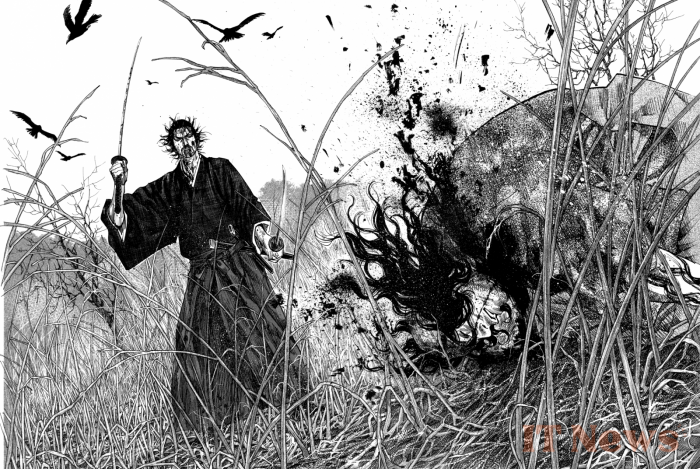


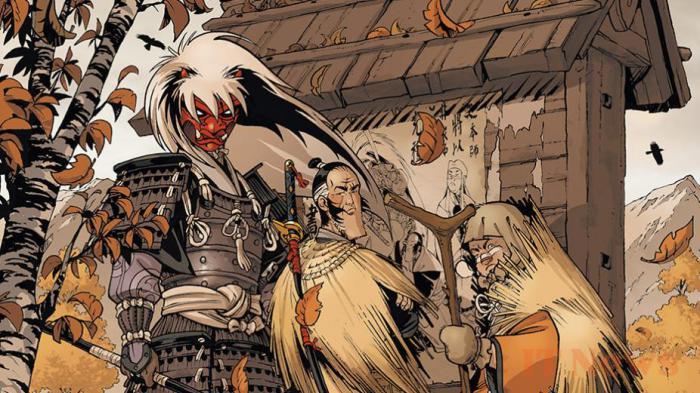
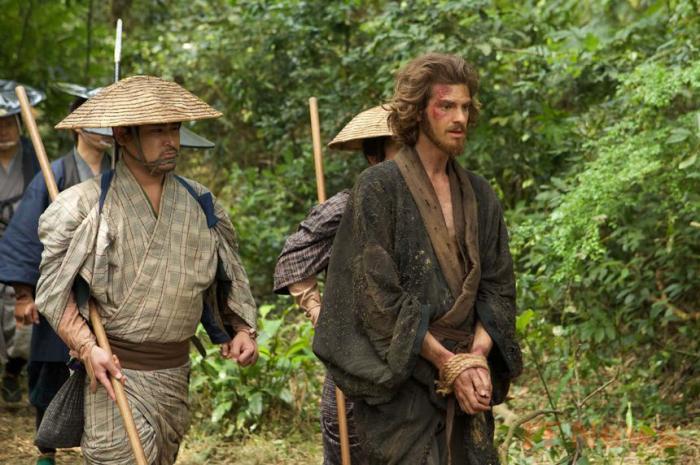

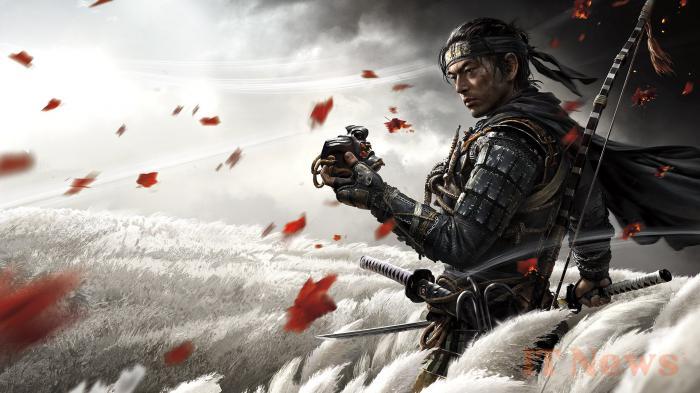
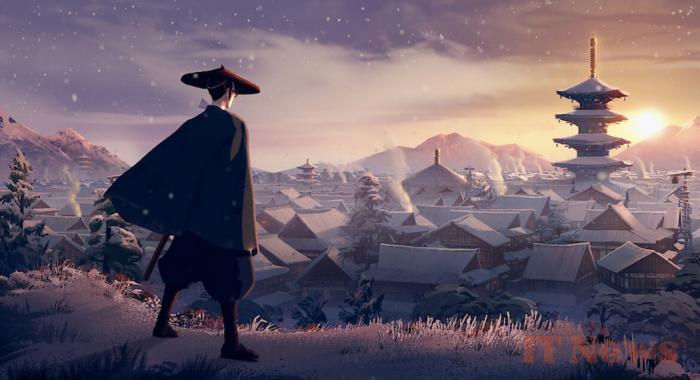
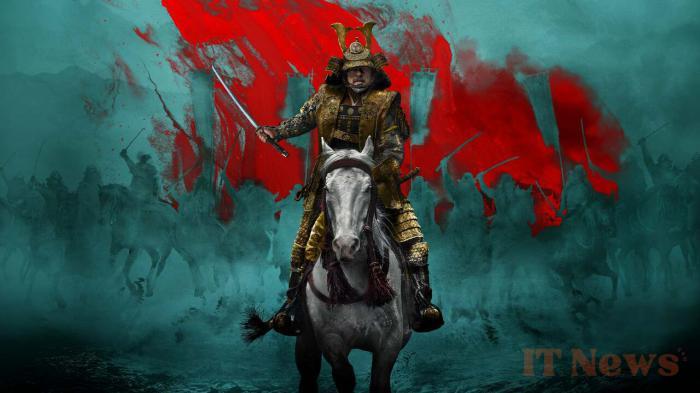

0 Comments